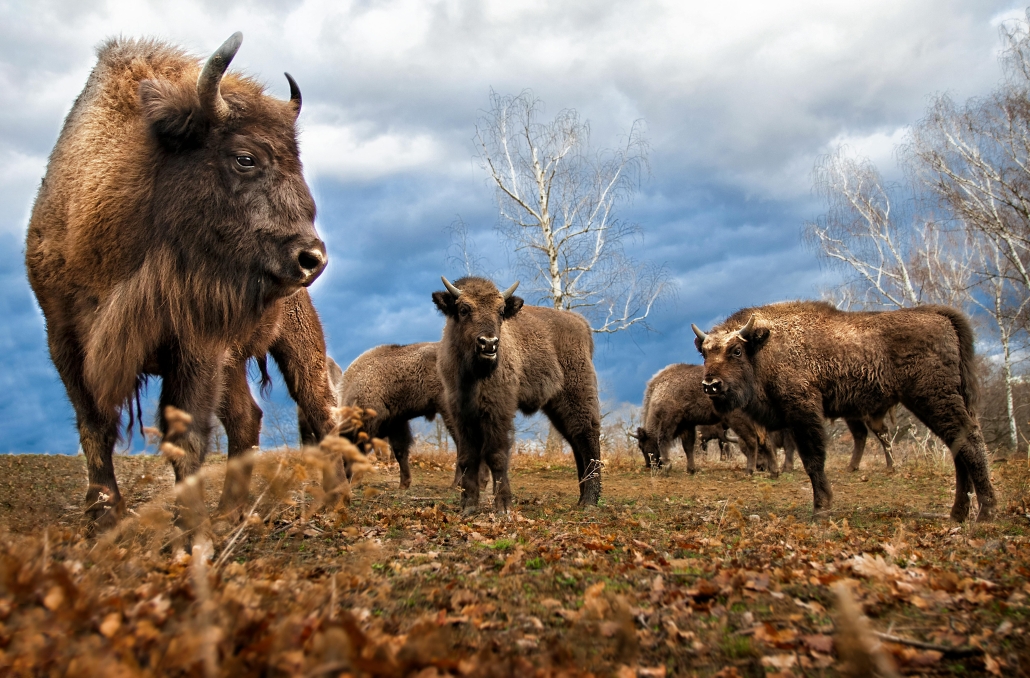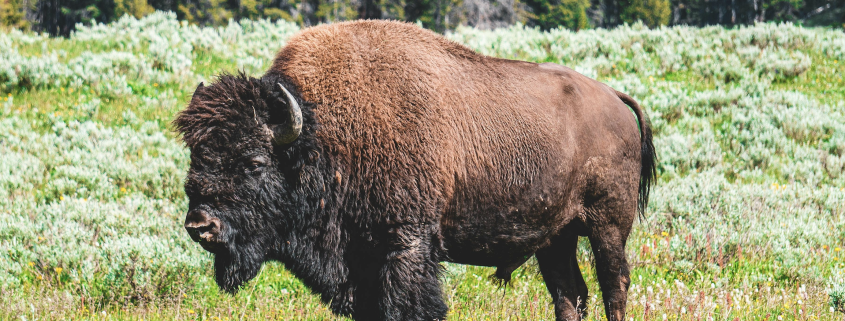Bison to Help Save the Climate
A project involving bison in Romania demonstrates how rewilding can remove significant amounts of CO₂ from the atmosphere, contributing to climate protection.
170 European Bison Reintroduced to Romania’s Țarcu Mountains
Why? Researchers from Yale University have a compelling hypothesis: reintroducing animals to their natural habitats could remove substantial amounts of CO₂ from the atmosphere.
Yale University Researchers Believe in Rewilding
Although the new research from Yale University has not yet been peer-reviewed, the hypothesis suggests that bison could play a crucial role in combating climate change.
Capturing Up to 54,000 Tons of CO₂ Annually
By grazing across a 48-square-kilometer area, the bison help capture and store an additional 54,000 tons of CO₂ annually. This is equivalent to the emissions from approximately 43,000 to 84,000 U.S. gasoline-powered cars each year. The bison distribute seeds, compact the soil, and recycle nutrients, enriching the soil and preventing CO₂ from being released.

Today, 170 European bison roam freely in the Țarcu Mountains.
Researchers Emphasize Ecosystem Evolution
Scientists explain that bison have co-evolved with this ecosystem over millions of years.
Back to Nature
Removing them from their natural habitat disrupted the ecosystem’s balance, resulting in more CO₂ being released. The expectation is that these 170 bison will help restore this balance and, in turn, reduce greenhouse gas emissions.



